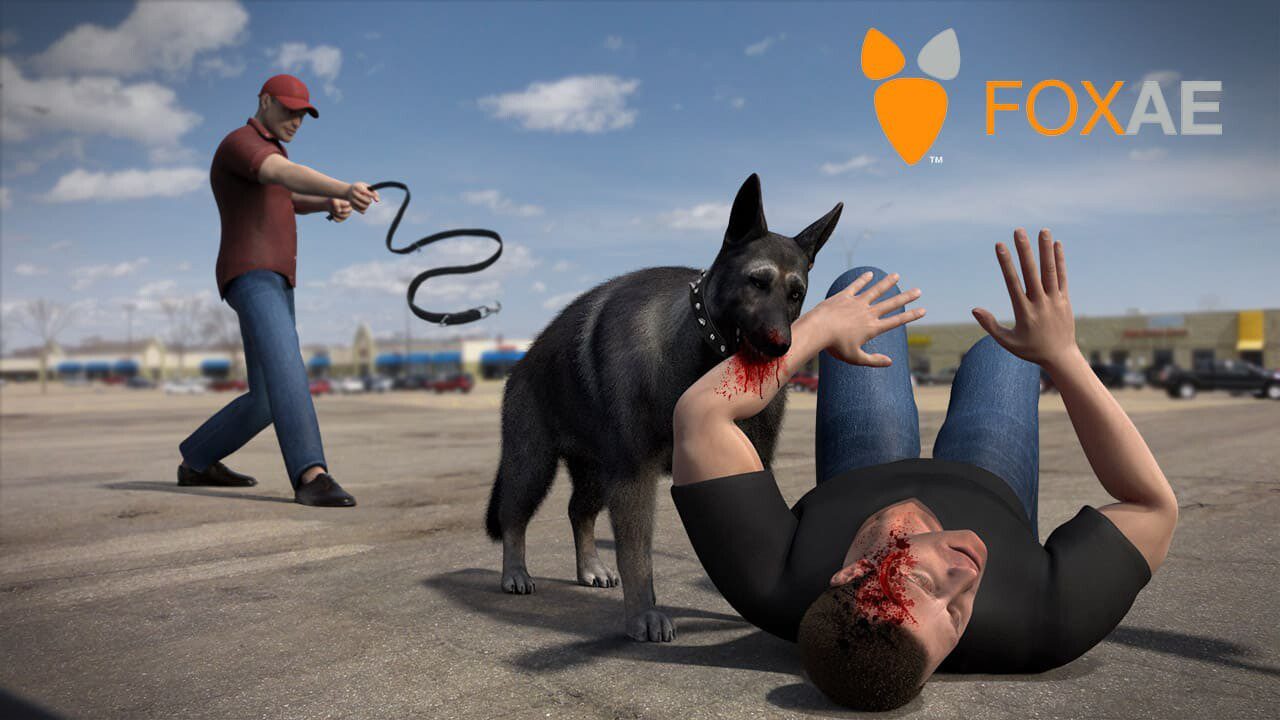Forensic animation is rapidly becoming predominant amongst attorneys. It has been used as a visual aid during the trial process to make information, facts and opinions around a case much more relatable. Heinz (2002) in his Federal Communications Law Journal publication stated that courtroom environments are morphing into cinematic display environments, as the media is being consumed by an audience who are increasingly becoming visually literate and media savvy.
No doubt that using forensic animation has been an important tool in solving a case, in fact, Lowman (2010) explained that “investigators face several problems when using the non-visual tools to analyze data one of which is information overload; the general public has difficulty in understanding large amounts of data and visualization is particularly apt for addressing this issue.”
However, Schofield and Fowle (2013) in their Journal of Digital Forensics, Security and Law publication explained that this shift from oral to visual mediation and a number of facets of this modern evidence presentation technology has a number of deep-rooted structural implications which must be investigated and analyzed. They further explained that “one of the primary issues of visualization is that no matter how coherent the data, there will always be conjecture and debate as to how the information is/has-been visualized and, is it presented in an acceptable and meaningful way”
Physical v. Virtual View
Noond et al (2002) in their journal “Visualising The Scene: Computer Graphics And Evidence Presentation” explained that using forensic animation in a courtroom has raised the challenge of matching the viewpoint of a witness in a “virtual” setting with the view from their real location at the scene. He stated that “the “physical world” view of the driver of the vehicle involved in a road traffic accident with the view of a camera in a virtual reconstruction can be different and in some cases, it may be possible to show views of the incident from the viewpoints of many different parties (victims, witnesses, etc.) involved.”
Fielder(2003) in his article published in the New York Law School Review also raised an issue with the use of forensic animation, stating that “combining abstract human representations in photo-realistic environments may provide an unnatural experience for the viewer and juries may be misled by the use of visual metaphors and abstract representations.”
The prejudicial effect
Further issues around using forensic animation in a courtroom have also been raised by different academics and lawyers. Bailenson et al (2006) pointed out that “the emotive nature of the visual media produced can support a hypothesis put forward by different academics and lawyers that one of the possible dangers of using computer-generated visual evidence is that they can be “loaded” with emotive content that may have a prejudicial effect on the viewer.” Galves(2000) in his Harvard Journal of Law and Technology called this process of adding emotive content “Disneying-up” the evidence.
Use of forensic animation on the rise
Despite all these issues raised, the use of forensic animation has been on the rise over the years and it will be safe to assume that it will increasingly be utilized to present complex evidence into a more visually appealing one across different courtrooms in the future.
Schofield and Fowle (2013) in their article “Technology Corner: Visualising Forensic Data: Evidence Guidelines” published in the Journal of Digital Forensics, Security and Law opined a possible solution to these issues stating that “a possible solution is to ensure that the true import of the evidence is explained and that juries and the general public are given correct understanding and explanations, ensuring that the problems associated with any assessment are noted. The qualifications and assumptions that led to the creation of the evidence must also be explained and accompanied by appropriate warnings.”
Need a forensic animator for your court case? Reach out to Fox Animated Engineering here.






